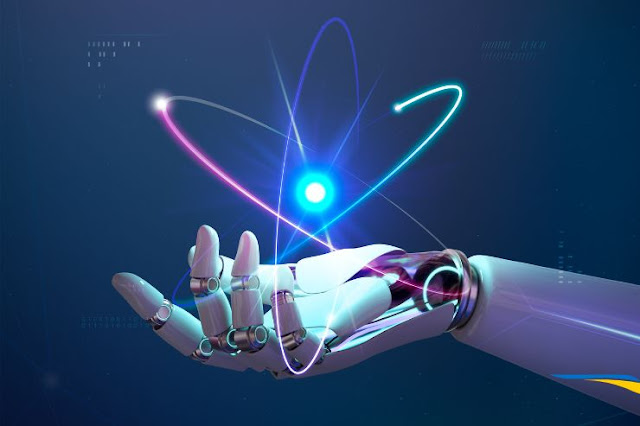Gen AI vs NMT: Understanding the Core Differences in Language Translation Models
Language translation has evolved dramatically over the past decade. From rule-based systems to statistical models, and now to cutting-edge AI-powered approaches, the field of machine translation has witnessed continuous innovation. Two of the most talked-about models today are Neural Machine Translation (NMT) and Generative AI (Gen AI)-based translation systems.
While both leverage deep learning to enable cross-language communication, they are fundamentally different in architecture, training philosophy, and output capabilities. Understanding these core differences is essential for businesses, developers, and linguists evaluating modern translation tools.
What is Neural Machine Translation (NMT)?
NMT is a form of machine translation that uses deep neural networks to translate text from one language to another. It typically relies on an encoder-decoder architecture, where the source language is first encoded into a context vector and then decoded into the target language.
Key characteristics of NMT include:
- Trained on bilingual corpora: NMT systems require large datasets containing aligned sentences in both the source and target languages.
- End-to-end learning: Unlike older methods that translated in stages (e.g., word-by-word or phrase-by-phrase), NMT translates whole sentences, improving fluency and grammar.
- Fixed output scope: NMT systems are generally trained to translate within the bounds of the training data and can struggle with idioms, domain-specific jargon, or less common language pairs.
Popular examples of NMT-based translators include Google Translate (pre-Gen AI), DeepL, and Microsoft Translator.
What is Generative AI (Gen AI) for Translation?
Generative AI refers to models like GPT (by OpenAI) or Gemini (by Google) that are designed not just to translate, but to understand, generate, and rephrase language across tasks. These models are trained on massive, multilingual datasets, including books, websites, code, and more.
Unlike NMT, Gen AI models are not explicitly trained for translation. Instead, translation is just one of many capabilities they learn during pretraining. You can ask them to translate a sentence, summarize a paragraph, or even localize text for a specific culture, all with the same model.
Key Differences Between Gen AI and NMT
Let’s explore how these two approaches differ across several important dimensions:
1. Training Objective
- NMT is specifically trained for translation tasks using bilingual data.
- Gen AI is trained on a wide variety of tasks and languages with the objective to predict the next word, making it more versatile.
2. Multilingual Support
- NMT systems are often trained for specific language pairs. Adding a new language pair may require retraining.
- Gen AI models are typically multilingual from the start, capable of translating between many languages without pair-specific training.
3. Translation Quality
- NMT produces highly accurate translations for common language pairs and frequently used phrases.
- Gen AI excels in context-aware translation, preserving tone, intent, and even humor in some cases, ideal for creative, idiomatic, or informal text.
4. Flexibility and Use Cases
- NMT is efficient for high-speed, bulk translation of predictable content like manuals, websites, or subtitles.
- Gen AI is better suited for nuanced tasks such as localization, transcreation, and multilingual customer service, where understanding tone and cultural context is crucial.
5. Error Handling and Hallucination
- NMT errors often stem from direct word mistranslations or grammar issues.
- Gen AI may hallucinate (generate plausible but incorrect information) due to its broader training, requiring human oversight for mission-critical applications.
6. Customization
- NMT can be fine-tuned on domain-specific data for better results in legal, medical, or technical translations.
- Gen AI can also be adapted using prompt engineering or fine-tuning, but it may require more computational resources.
Which Should You Choose?
The choice between NMT and Gen AI depends on the use case:
- For speed, cost-efficiency, and structured content, NMT remains a strong choice.
- For contextual, creative, or multilingual applications, Gen AI offers superior flexibility.
For instance, an e-commerce company might use NMT to translate product descriptions but leverage Gen AI to craft culturally resonant ad copy for global audiences.
The Future: Hybrid Translation Systems?
Many experts predict a future where translation workflows combine the best of both models. Gen AI could handle complex sentences or ambiguous phrases, while NMT provides consistency and speed for large-volume text. Some platforms are already integrating both systems under the hood.
Final Thoughts
As globalization continues to accelerate, language translation technologies are no longer just tools, they're strategic assets. NMT and Gen AI each bring unique strengths to the table. Understanding their differences helps organizations choose the right solution, improve communication, and create more inclusive, multilingual experiences.
In the end, it’s not just about translating words, it’s about conveying meaning.


Comments
Post a Comment